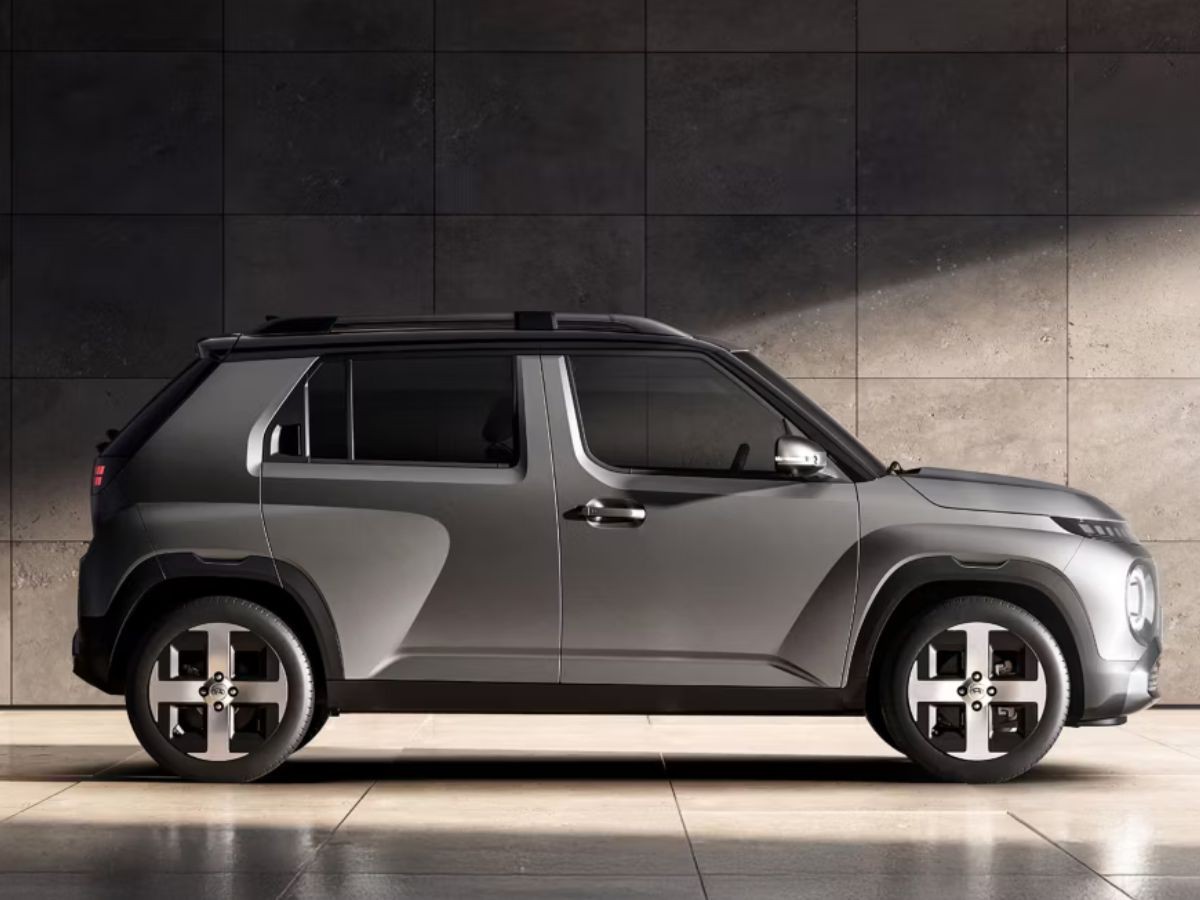Almost every Dutch person has a mobile phone, usually a smartphone. We can hardly live without it! But such an electrical device is incredibly environmentally unfriendly to produce and use. So, unfortunately, a smarthone is anything but sustainable. We dive into the footprint of this indispensable gadget to see how we can use it more sustainably.
Here's how to reduce your smartphone footprint
99% of the Dutch have a mobile phone. And we use these devices all day long; to work, take pictures, chat, for social media, surf the internet... And oh yes, you can still make calls with them too. Super fine and very handy. But of all items, all electrical devices like phones, laptops and tablets unfortunately have the biggest environmental footprint. And we often fail to realise how a complicated device a smartphone actually is. A phone contains hundreds of parts, all different materials. That requires a lot of raw materials and energy to make. Also, the device is usually made in low-wage countries, far away from us, so it also has to be transported here. All that is taxing our planet. How can you be more sustainable with that!
The footprint of smartphones
When we look at smartphones, the most important lesson is that the biggest footprint is in the production of the device. Mining for raw materials and manufacturing your device are responsible for a whopping 75% of the climate and environmental footprint. Manufacturing the various components of phones uses rare materials such as gold, copper, indium and cobalt. By the way, we wrote an article about cobalt. Interesting to check out too! These materials are extracted by highly environmentally polluting mining. Toxic substances such as cyanide and mercury are used to mine metals like gold and copper. Waste water from that poison often runs unfiltered into the environment. And then mining is often done under appalling conditions, in some cases even using child labour. Oy!
Manufacturing all the small parts of your smartphone and assembly also costs a lot of energy. This is all necessitated by the high demands and innovations we ask (demand?) of our smartphones. But so that also leaves a huge footprint. And that for a device that, on average, we discard after only three years. We can do better!
Being more sustainable with your smartphone
The good news! Because of the huge footprint of your smartphone, you can already very much reduce your footprint with relatively small steps. But where do you start!
Do longer with your smartphone
Since producing your smartphone has the biggest footprint, extending the life of your device ensures that you reduce the impact enormously. In fact, if all Europeans spent one year longer with their smartphones, it would be as much an environmental gain as taking two million cars off the road every year! So if you are planning to buy a new device; better think twice! Do you really need a new smartphone, or can it last another year or even two?
To make your smartphone last as long as possible, take good care of it. Buy a sturdy case for your phone and protect the screen with a screen protector. Don't leave your device in the sun and protect it from water. If you charge wisely, your battery will also last longer (Milieu Centraal gives tips for longer battery life).


Repair or return old smartphone.
Repair your smartphone
To extend the life of your smartphone, it is a sustainable choice to repair a broken phone and not replace it immediately. A broken screen, malfunctioning camera or worn-out battery are often replaceable. This way, you ensure that you can enjoy your device for longer, and you don't have to buy a new one. A win for the environment and also for your wallet. However, not all devices are so easy to repair. And that unfortunately makes it extra difficult for consumers who like to enjoy their phones for longer. Fortunately, the EU is voting on European rules around the Right to Repair, which should make it mandatory for manufacturers to make stuff repairable and give consumers the right to repair. That will hopefully make repairing your smartphone easier and more affordable. (Read Consumer Association tips on repairs and their costs).
Choose a refurbished smartphone
If you really need another device, then opting for a second-hand one is the most durable choice. Go for a refurbished device that has been fully checked and refurbished. If you want to guarantee the quality of your refurbished smartphone, choose a provider with the Hallmark Refurbished
Turn in your old mobile for recycling
Milieu Centraal estimates that three million smartphones in the Netherlands are gathering dust in a drawer. And that is a waste of all the rare and precious materials in those smartphones, which could be reused. In fact, a tonne of mobile phones contains 20 times more gold than a tonne of gold ore. Take a look in that bottom drawer and hand in your old smartphone for recycling at a Wecycle-point. Or get your old phone repaired so your cousin or neighbour girl doesn't have to buy another one. That saves another newly made device!
Choose a sustainable model
Apart from choosing a refurbished smartphone, there are thankfully a number of brands on the market these days that do their best to produce as sustainably and ethically as possible. Sustainable phones are about repairability, use of recycled materials and to what extent a device is made to last, in terms of updates and software. The Dutch Fairphone currently scores best on all these points. Good second places are for the brands Teracube and Shift.
Be frugal with data
Smartphones are connected to the internet, which seems logical. But that also means we use huge amounts of data. This is due to the use of social media, size of our files in the cloud and streams of videos. The growth of internet and data traffic is causing a huge growth in data centres worldwide, which consume huge amounts of energy. It is estimated that data centres in Europe will already consume 93 Twh of electricity by 2025. And it is good to know that 100 GB in the cloud accounts for 0.1 tonnes of CO2 emissions. So be frugal with data by regularly deleting photos from your smartphone and from the cloud (and storing them on an external drive), unsubscribing from newsletters and deleting unused files from your cloud. See more tips for clearing the cloud.
Here's how to reduce your smartphone footprint
With all these tips, you'll use your smartphone more sustainably. Since producing your smartphone has the biggest footprint, extending the life of your device is most important. Don't be tempted to buy a new one too soon, be frugal with your device and get your smartphone repaired if necessary. This is how you reduce your smartphone's footprint, and thus your own!
More sustainable tips from thegreenlist.nl
- Looking for durable headphones? With Repeat, you have headphones for life.
- We dove into the world of wine: how to keep enjoying a wine?
- What kind of oil is in your kitchen? Vegetable oil production is burdensome, but there are differences.
- We also previously delved into the world of coffee: how to drink a bakkie pleur more consciously?
Sources: Milieu Centraal, The hidden impact - Babette Porcelijn, European Environmental Bureau, NPO Knowledge, United Nations regional information centre, Waag futurelab. Photo credits: Victor Freitas (Pexels) (main image), Tima Miroshnichenko (Pexels), Mascha Bongenaar.






